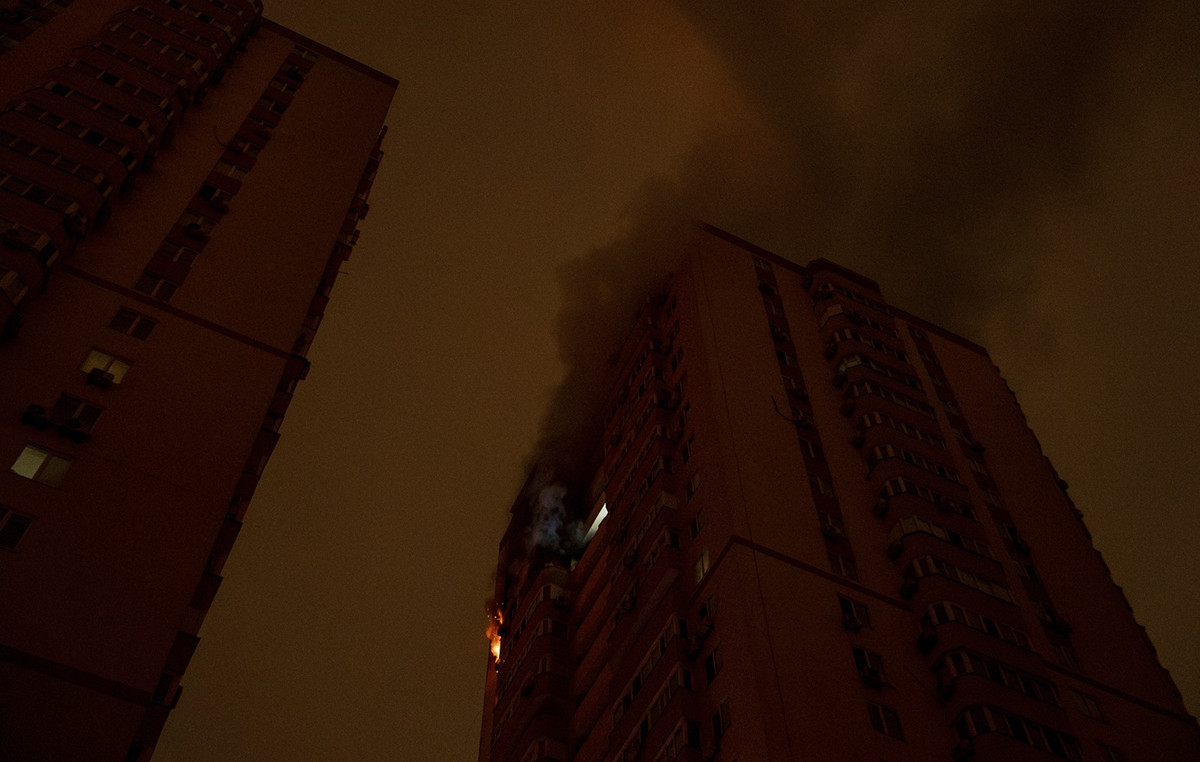By 2024, the average global temperature surpassed the 1.5 degrees Celsius mark more than the pre-industrial period. This news is alarming, and scientists predict that in 2,100 places like Arctic should be unrecognizable.
An article published in the magazine Science The beginning of 2025 brings more details about the changes that should happen in the region. The article “Disappearing Landscapes: The Arctic at +2.7 ° C Global Warming” conducted by Julienne Stroeve researcher at the National Snow and Ice Data Center (NSIDC) Center for Earth Observation Science of the University of Manitoba, Canada, shows how the Arctic reacts uniquely to global warming.
For starters, the northern pole warms up at a rate four times larger than the rest of the planet. It is projected that at the end of this century, the temperature in the region should be about 2.7 ° C of the average of the pre-industrial period .
“With an increase of 2.7 degrees Celsius at global temperature, we will see more extreme and cascade impacts in this region than in others, including arctic -free arctic summers, rapid melting of Greenland’s ice layer, widespread loss of permafrost (rich soil of the region) and more extreme air temperatures. These changes will devastate infrastructure, ecosystems, vulnerable communities and life. Wild, ”says the scientist.
Scientists used as a basis for the article the document Sixth Assessment Report of the United Nations Intergovernmental Panel on Climate Change . They then updated the report with new information regarding the Arctic Circle.
According to research, under 2.7 ° C of heating, the Arctic region should suffer the following effects:
- Virtually every day of the year will have air temperatures higher than pre-industrial temperature extremes;
- The Arctic Ocean should be ice book for months for each summer;
- The Greenland ice area that experiences more than a month of surface temperatures above 0 degrees Celsius will quadruple compared to pre-industrial conditions, causing the Global Sea level to rise faster;
- The superficial permafrost will decrease by 50% from pre-industrial levels.
Worried about the discoveries, Dirk Notz, co-author of the study and professor at the University of Hamburg, Germany he stated that “it would be amazing if we could become more aware of this power and the responsibility that accompanies him, because The future of the Arctic is really in our hands “.
This content was originally published in Arctic must undergo catastrophic changes by the end of this century on the CNN Brazil website.
Source: CNN Brasil
Charles Grill is a tech-savvy writer with over 3 years of experience in the field. He writes on a variety of technology-related topics and has a strong focus on the latest advancements in the industry. He is connected with several online news websites and is currently contributing to a technology-focused platform.







